Building Los Angeles: Ian Dickenson on Housing, Teaching, and Practicing Architecture with a Social Focus

 Sasaki
Sasaki

Sasaki Associate Principal and architect Ian Dickenson built a career on integrated design and rethinking urban life. To him, the best designs can be found in the spaces in-between.
Across the landscapes of Los Angeles, creativity defines the city. From Hollywood and the Valley to San Pedro and the Pacific, LA pulses with a spirit of experimentation and reinvention. Drawing inspiration from the city, Sasaki associate principal Ian Dickenson stands at the intersection of architecture and urban design.
An architect, educator and planner, Ian’s work extends from large, mixed-use urban developments and campus buildings to affordable housing and community projects. Today, he’s heading a diverse array of firm initiatives, including leading design teams, creative direction, and new research agendas.
In our latest Designer Spotlight, Ian shares his professional journey, inspirations, and his unique approach to design in a city that’s constantly reinventing itself.
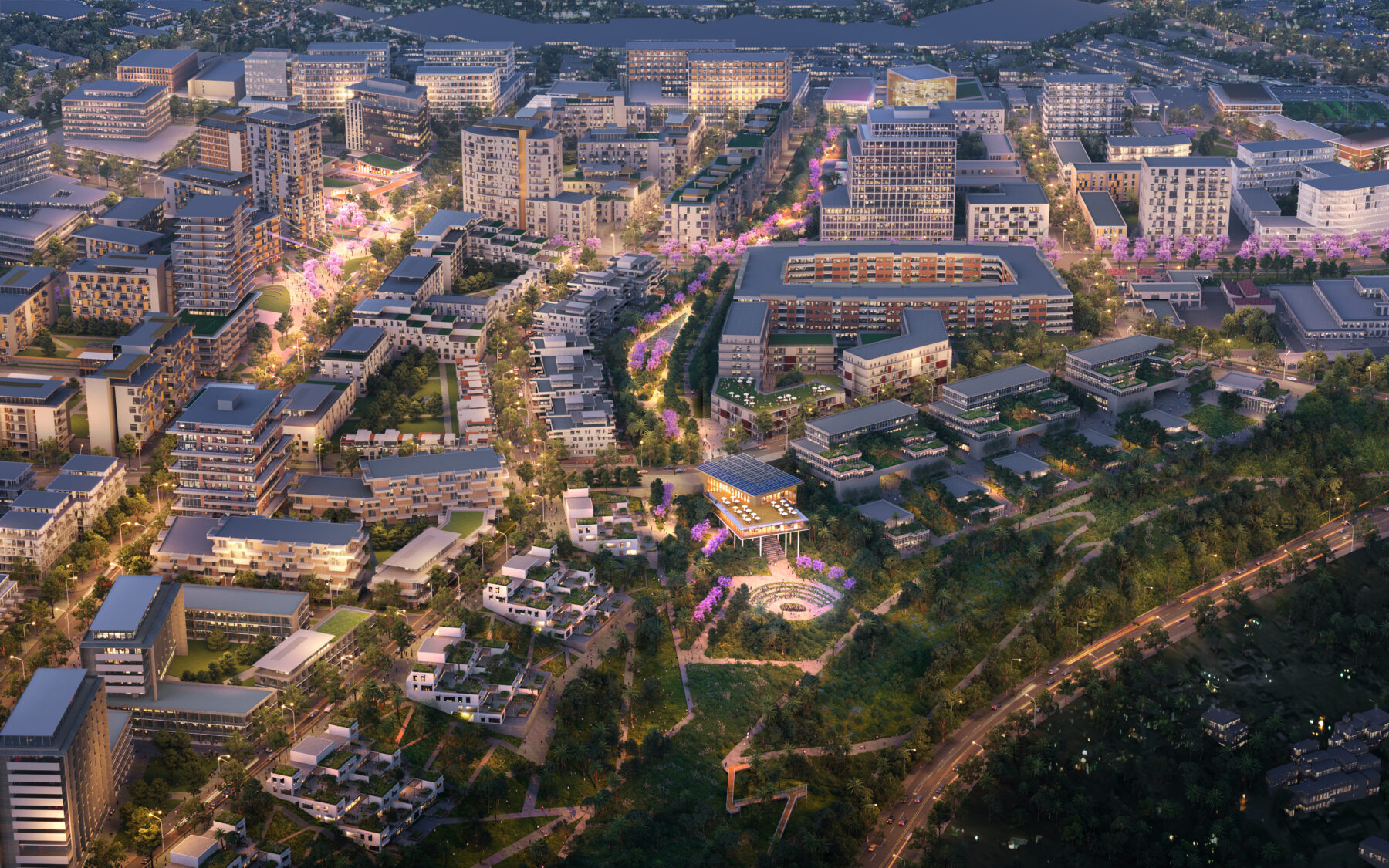
The Yumana mixed-use master plan and phase 1 implementation includes mid to high rise residential, townhomes, and educational programming on the Tijuana-San Diego Borderlands
The farther I go into my career, the more I reach back into early childhood influences. For me, there were two key things that really influenced my life and shaped my path as an architect. One was that I traveled a lot and moved a lot when I was young, starting at the age of three. My family lived in South and Central America, as well as Mexico, and we traveled around that region for a long time. We then spent my formative years in New Zealand, which is another completely different culture and place entirely.
Those experiences deeply instilled an appreciation and understanding of people and the diverse ways we go about existing on this planet. I spent as many nights growing up sleeping in a hammock under the canopy of a tree as I did in a bed, or in a bedroom. That was the first part, the other part was coming from a family of people that are creative, a lot of makers and doers. Every house I grew up in was built or rebuilt or rehabilitated, to different degrees of success, by a family member or multiple family members. Every piece of furniture was hand built and designed.
As a result, we did have some very uncomfortable chairs in our house growing up, but that doing it yourself mentality stuck with me. So it’s the combination of those two things: making and doing, and then understanding people in the way that they exist in space and with each other across the world.
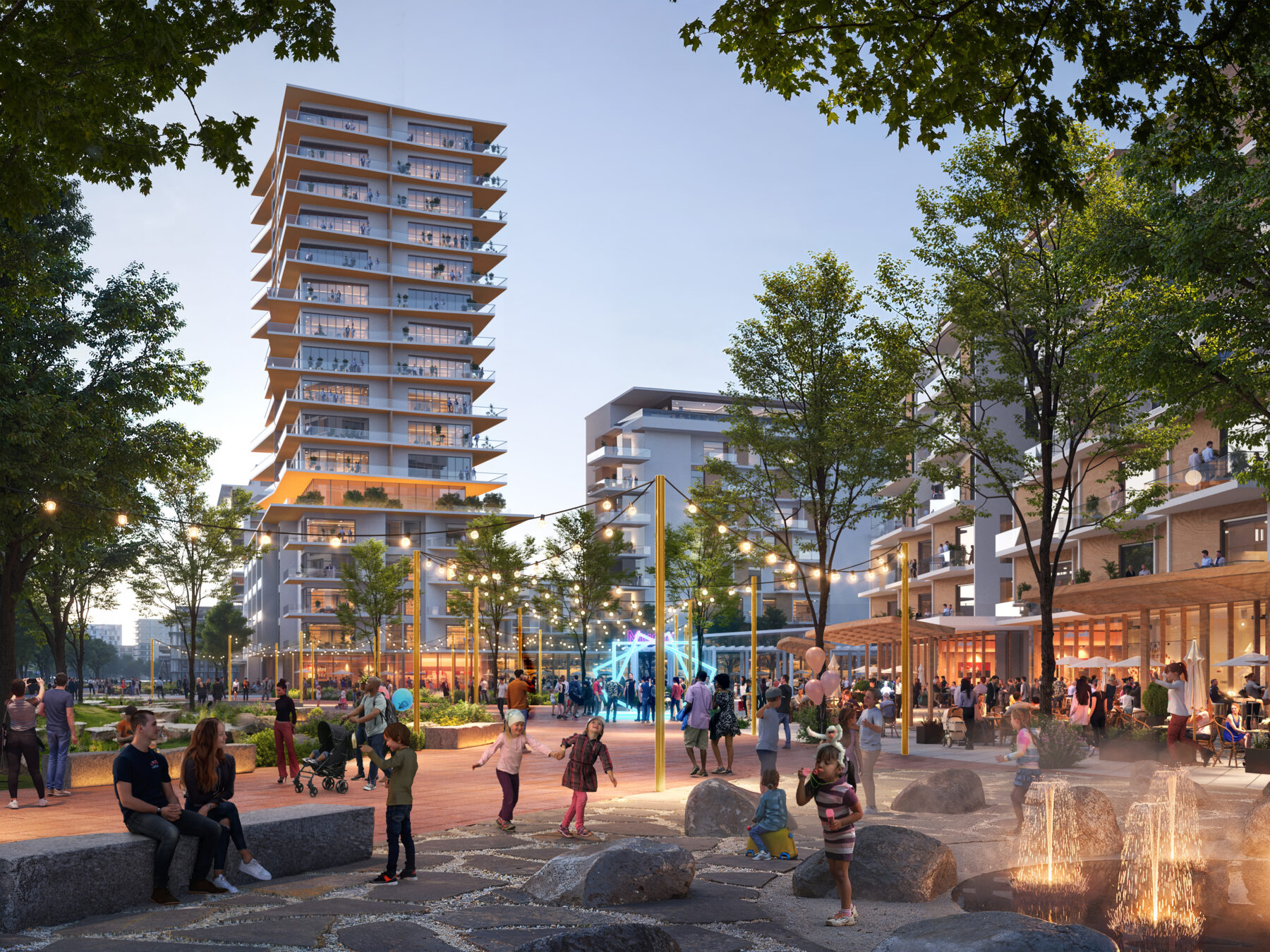
A public plaza developed in the urban design framework for the Yumana mixed use master plan in Tijuana
Through my high school years I was in Seattle, Washington, and for extra money I was a builder. I worked in construction, a family trade. My stepdad was in construction and construction management, and so we were cutting the roofs off and adding second stories for Microsoft millionaires. That’s how my high school summers were spent. But I quickly came to realize that I didn’t want to spend the rest of my life doing that.
I was curious about architecture, but I wanted to study it in a new environment. I was drawn to Arizona because it was not familiar, not natural to me, and that’s where I ended up studying architecture.
In one of my final reviews, one of the jury members was an architect and a director at LOHA (Lorcan O’Herlihy Architects) at the time. From that, I was offered an internship throughout the summer, so what was supposed to be four weeks over a summer, turned out to be 16 or 20 weeks and extended into the school year and actually almost got me kicked out of school.
I found such a great home there and had so much fun being able to learn and experience so much in that capacity. This was in 2007 or 2008, or something like that. After Arizona and my internships I came back to LA, but it was really about rejoining that practice that was so inspiring to me.
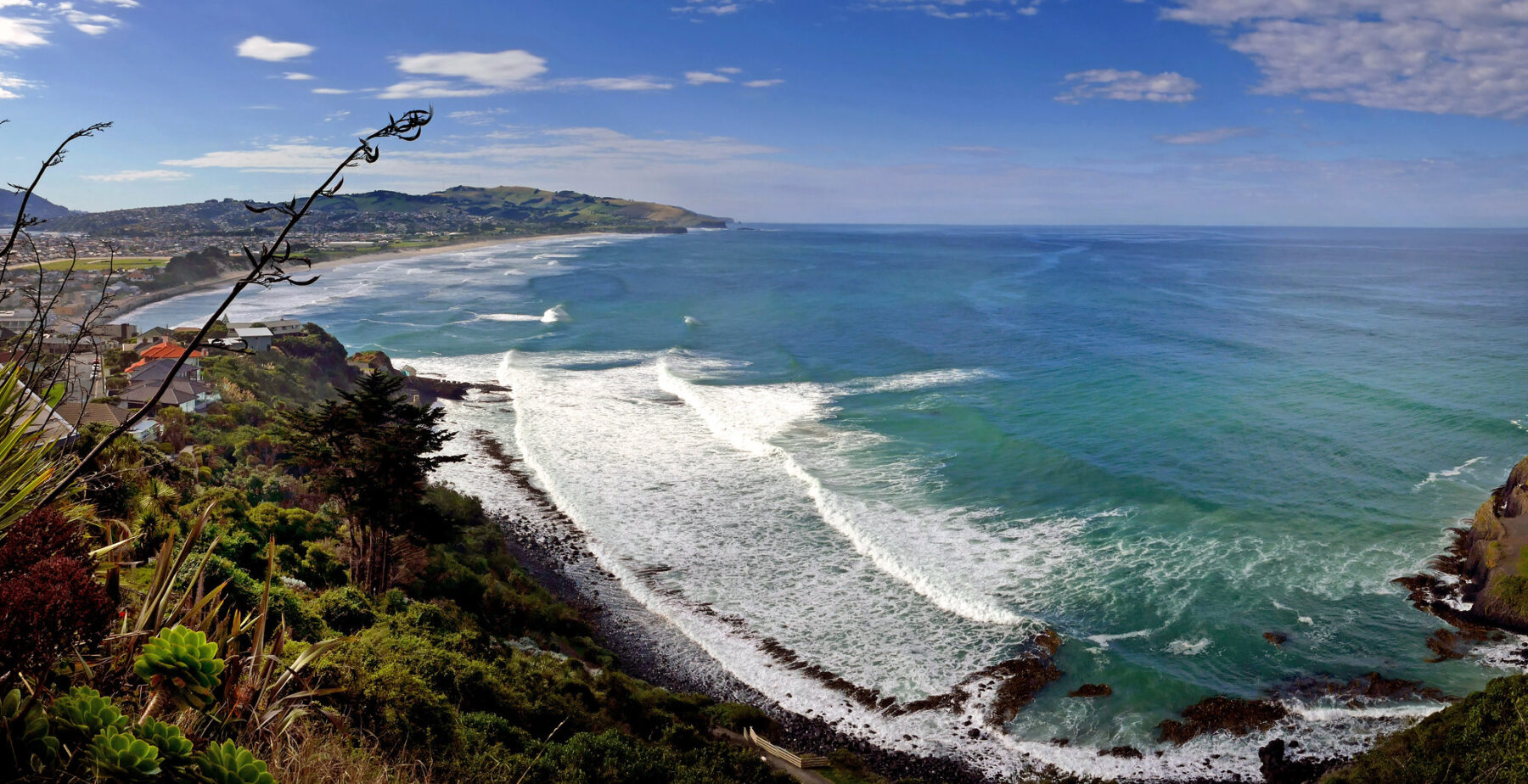
Ian spent formative years in coastal Dunedin, New Zealand
LA is the first place that has really held my attention because of the diversity and complexity that it represents. It’s just a part of the DNA, it’s completely inextricable. And so this is the longest I’ve ever lived in one place. My current house is actually the longest that I’ve ever lived in one physical geographic location. I think it’s because the city is constantly changing and evolving and adapting, and it’s a part of the creative culture here as well.
Los Angeles also represents a combination of many different cultures. I really enjoy being able to learn different ways of thinking, different theories about what life is, what it is that we’re supposed to do. And LA is the first place that I found that mixes different perspectives, different ideas, and this is represented in the built environment and in the city itself.
I would say probably 75% of my work has been in Los Angeles or Southern California, and the diversity of project types and building types and programs has been incredible. I haven’t been siloed in an individual pursuit. I’ve gotten to do everything from affordable housing to higher education and public spaces, and even big scale planning work. That mix always fed my curiosity and my interest in learning. I want to always be evolving as thinking changes within the world overall and within the world of architecture.
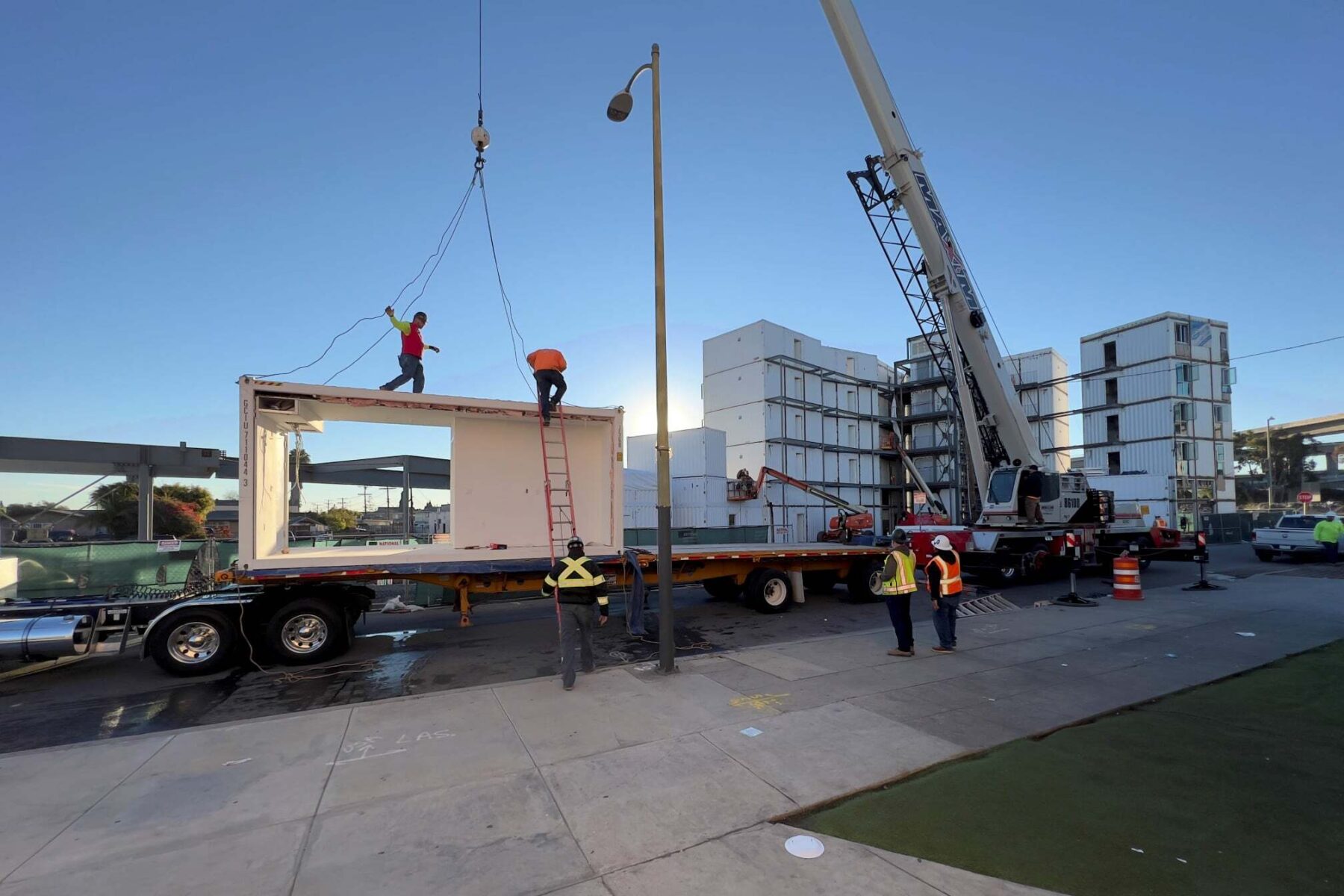
The grand opening of Isla de Los Angeles supportive housing project, which Ian worked on at LOHA. Photo by Gabor Ekecs.
In my past role at LOHA, the work always had an intellectual rigor that went into it. There was always a project or process of inquiry: of research, of understanding and iteration, of testing different ideas and learning new information. That to me is the richest part of architecture, what we’re fortunate to do.
In academia, and even in political work or policy writing or working with nonprofit organizations, all of that enables you to expand and to make yourself a better architect. I don’t see hard divides between academia and practice. It’s not like you go to teach and you’re an academic, and then you go back into the office and you’re a practitioner. It’s fluid, a mix that is the summation of all those influences and all those different platforms that you operate from. That’s what makes you better. And it’s always been really helpful to be able to have those other areas that expand my thinking and practice.
I’m most excited about work that represents a bigger societal issue, something that we as human beings outside of the world of architecture are grappling with. In this moment that we’re living in, there’s certain sets of issues that I think you can take for granted as a norm, or a continuation of issues that have been grappled with previously.
Within Los Angeles, one of the most pressing issues is residential instability and unequal access to resources in the city. Housing is the foundation that brings people together, that gives cities life. That’s where a lot of my research, academic work, and thinking has been.
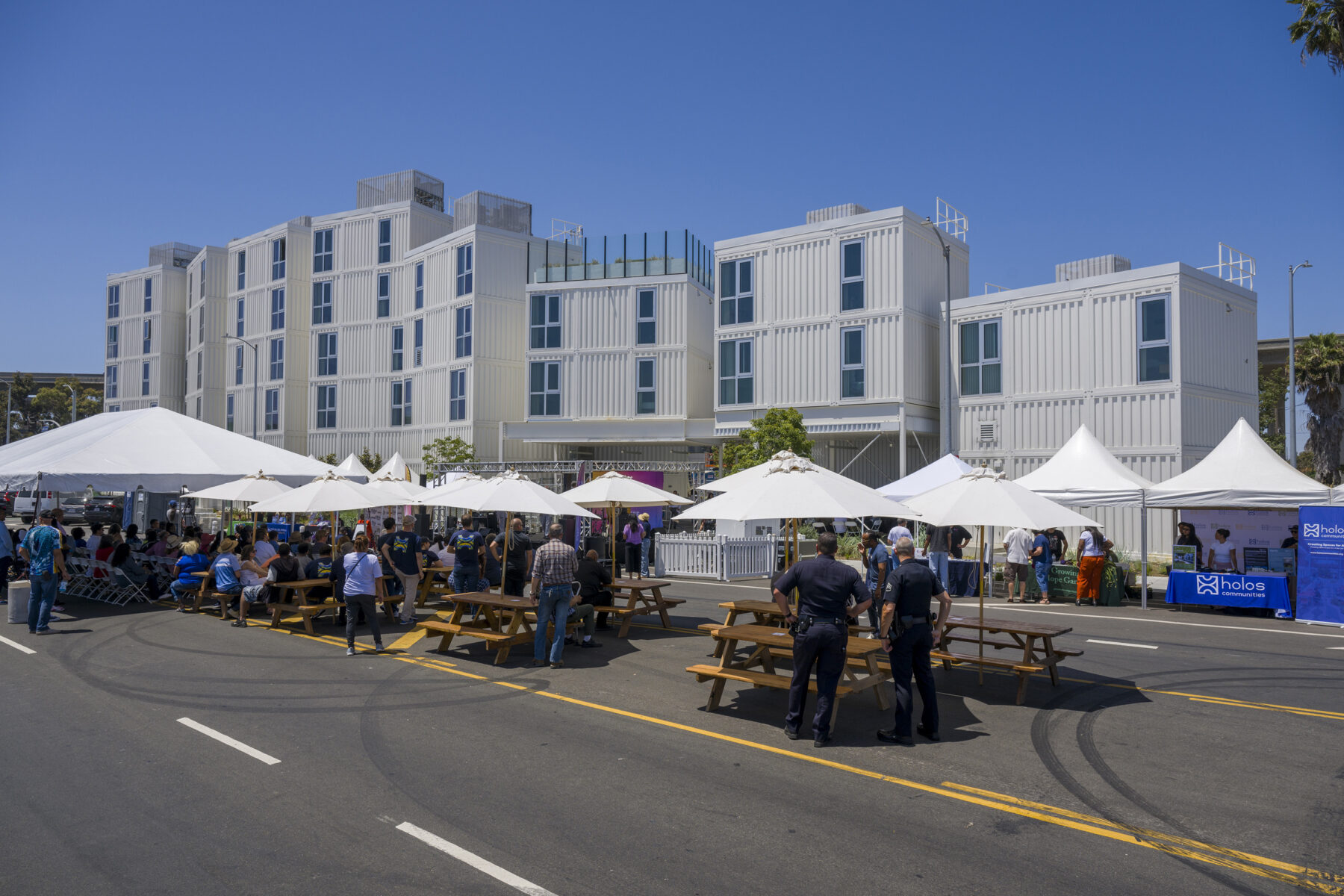
The grand opening of Isla de Los Angeles supportive housing project, which Ian worked on at LOHA. Photo by Gabor Ekecs.
We have a need for the construction of all forms and all types of housing, so a lot of my work has been housing, and especially housing that includes other programs or that adapts to become a different thing. That’s exciting, when something like housing can engage with a broader set of issues that are societal, contextual, or exist within LA.
I enjoy thinking about the role of public and private space as a conversation—that’s a huge societal and cultural issue. It’s certainly very prevalent within Los Angeles because it’s a largely privatized city, and a lot of its spaces were constructed around individual interests and not collective interests. Those are the project types that are the most interesting, ones that engage with what it means to live in cities and come together.
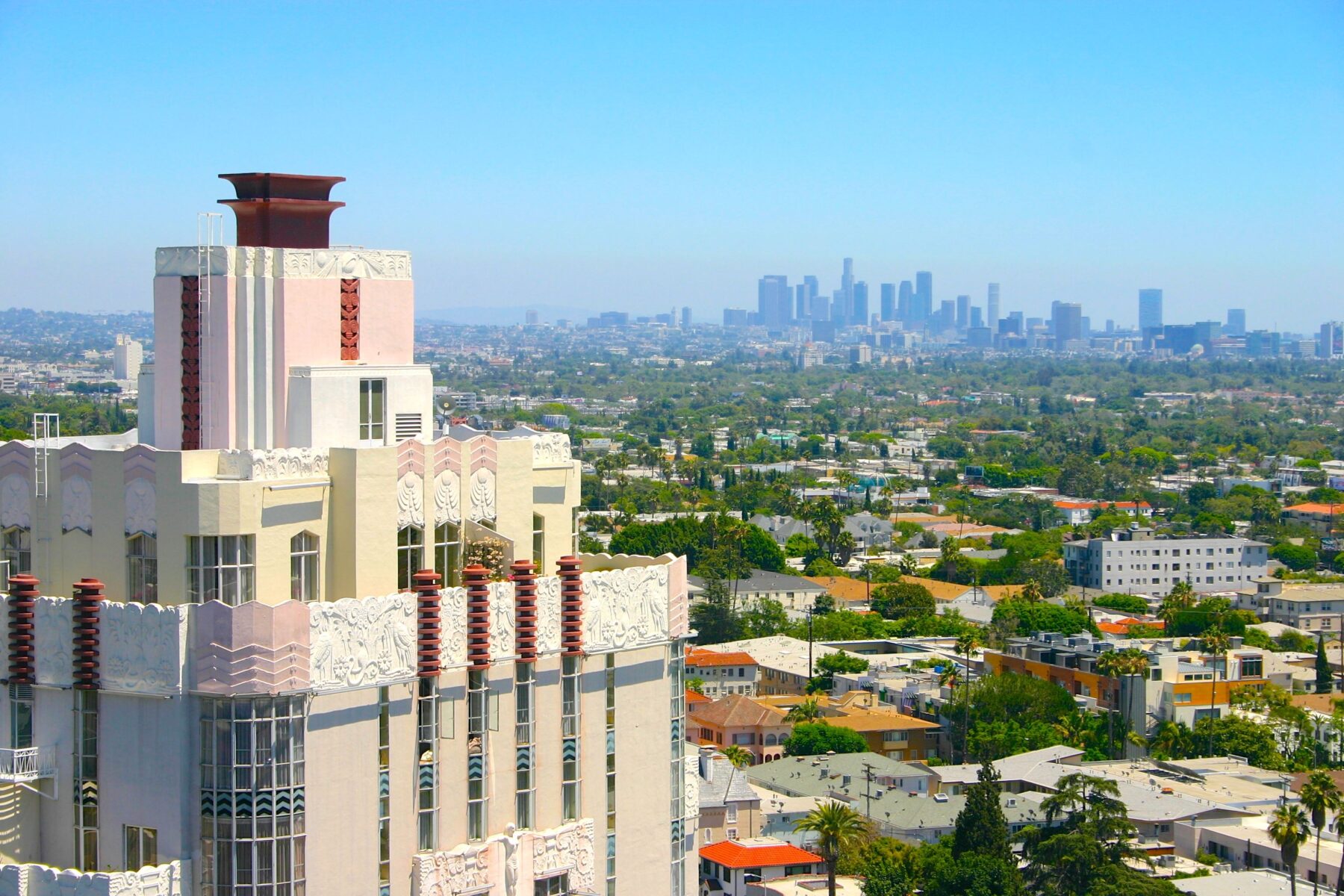
I always like to say my favorite moments in the city are actually spent between two destinations, and that’s been consistent from the time that I first moved here. After spending some time in the desert, I had to get back to the ocean. I moved to Venice Beach. The great thing about that part of the city is that you’re able to wander. You stumble upon something, and then you stumble upon something else, and then you run into somebody else, and that takes your entire evening. Those are the things that are the most interesting to me, places that exist in different experiences across the entire city—the in-between places. My favorite place within Los Angeles is the space those types of experiences exist within.
I think there’s a social minded vein running through architecture, one that has sprung up at different points in history. The last time that housing was as prevalent a social issue as it is now was the housing boom after World War II. Architects did a great job of utilizing their resources and rethinking housing. Not because those were the most coveted commissions or the most celebrated or grandiose cultural buildings, but because there was the opportunity to really contribute to something that would benefit a great deal of people.
That’s a through line that’s always resonated with me, understanding architecture as a social act. Architecture is an extension of society, and what we’re collectively trying to advance towards. My time is dedicated to that idea, towards valuing and celebrating things that advance people’s lives. It’s not celebrating architecture as individual, autonomous objects. Rather, it’s celebrating architecture as a process or a way of thinking, and what it is able to contribute to different environments or conditions. It’s a focus on people.
One key part of my work is storytelling. I’ve always valued conversations within the arts and with the design world. But I think the ability to be able to effectively tell a story through not only your voice, but through your ability to construct buildings and conceive space and understand the way that people relate within them— that is really important.
However, that storytelling component is not a standalone piece. You also need to understand the context, the complex history, the dominant influences in that place and at that time. And then being able to understand people and their relationship to each other, their relationship to those environments, both built and natural environments, to tell a story. Architecture is a way to understand all the different ways we can live a life, and if we can tell an authentic story along the way, that resonates with the communities and places we call home.